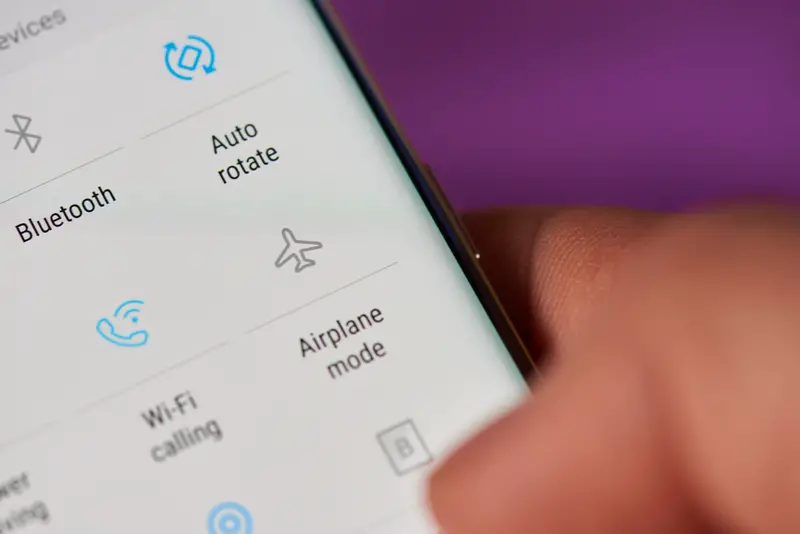Ever wondered why flight attendants insist you switch your phone to airplane mode? While many passengers assume it’s about preventing catastrophic interference with the plane’s navigation systems, a pilot has recently revealed a much simpler – and surprisingly practical – reason behind this common requirement.
The real impact of phone signals during flight

When your phone isn’t in airplane mode, it constantly searches for cellular signals, attempting to connect with towers on the ground. What most passengers don’t realize is that these connection attempts create an annoying buzzing sound in the pilots’ headsets, making it difficult for them to hear critical instructions from air traffic control.
While forgetting to enable airplane mode won’t cause a crash, it can seriously disrupt communication between the cockpit and ground control. Imagine trying to receive vital landing instructions while hearing constant interference – that’s what pilots deal with when passengers leave their phones active.
Modern aircraft and electromagnetic interference
Contrary to popular belief, modern aircraft are well-shielded against electronic interference. However, the introduction of 5G technology has raised new concerns, as these networks operate on frequencies close to those used by aviation systems.
During critical phases like takeoff and landing, clear communication becomes even more essential. If multiple phones are attempting to connect to ground networks simultaneously, the cumulative effect can create significant disruption in the cockpit.

Legal requirements and international differences
In the United States, federal regulations mandate that all cellular devices must be turned off or switched to airplane mode during flight. This isn’t just airline policy – it’s federal law enforced by both the FAA and FCC.
Interestingly, different countries have varying regulations. The European Union, for instance, has begun allowing 5G technology usage during flights. However, most airlines worldwide maintain strict airplane mode requirements to ensure consistent safety standards.

Benefits beyond flight safety
While maintaining clear cockpit communications is the primary reason for airplane mode, this setting offers additional advantages. Your device’s battery life extends significantly when it’s not constantly searching for signals at high altitudes.
Consider this scenario: at cruising altitude, your phone would be attempting to connect to multiple cell towers simultaneously, draining your battery at an alarming rate. Airplane mode prevents this futile power consumption while still allowing you to enjoy in-flight entertainment through Wi-Fi when available.
Modern solutions and future developments
As aircraft communication systems evolve, some manufacturers are developing better shielding against cellular interference. However, until these technologies become universal, airplane mode remains essential for ensuring clear pilot communications.
The next time you’re asked to enable airplane mode, remember – it’s not about preventing a catastrophic system failure. Instead, you’re helping ensure your pilots can clearly hear important instructions throughout your flight, particularly during those crucial moments of takeoff and landing.

